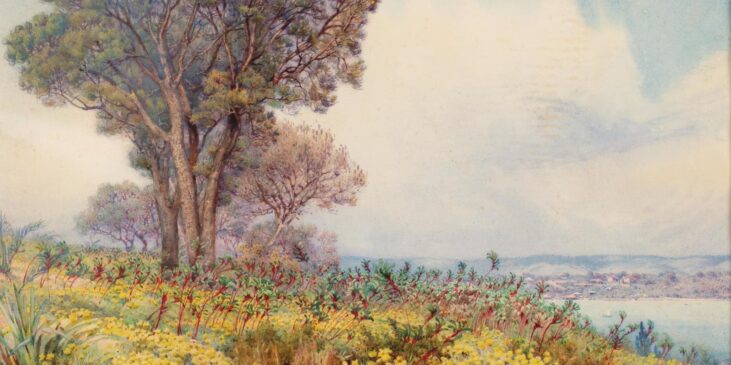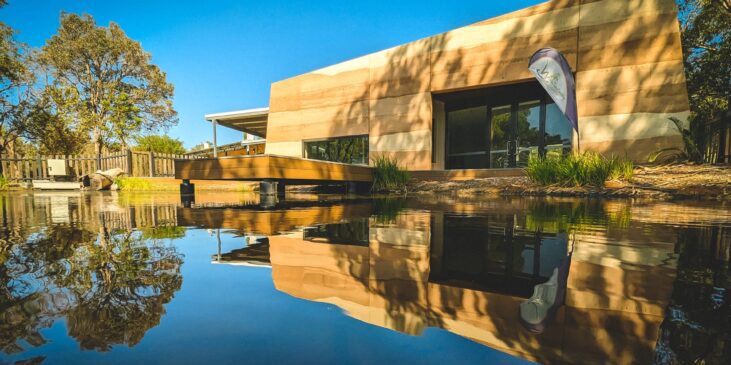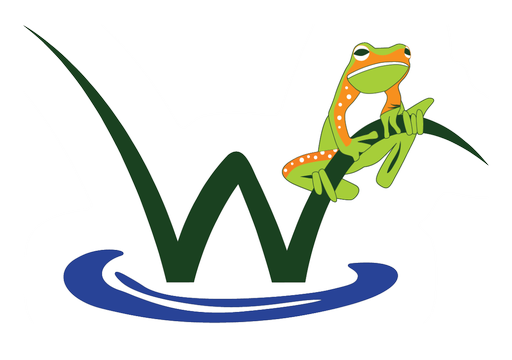Wade into the Wetlands Classroom
Curious Minds, Nurtured Hearts, and Greens Hands: Where Nature Meets Curriculum
Introducing The Wetlands Centre's School Education Programs
Embark on a transformative journey through our school programs rooted in and around wetlands. These curated learning experiences bridge the gap between the classroom and nature, creating an environment where students delve into the vital roles of various species in maintaining wetland and broader ecological biodiversity. Drawing on elements of science, art, and indigenous knowledge, these programs are designed to shape students into informed, empathetic stewards of our natural world.
As little minds plunge into authentic, hands-on learning, the rooms come alive with native species, digital technologies dovetail with traditional wisdom, and reflection births real solutions for sustainability. Beyond the traditional, our curriculum-inspired programs foster life skills and a deep appreciation for conservation. Unleash the power of immersive wetlands education and join us in fostering a generation of conservationists. Discover the allure of learning at nature's pace with our immersive school programs.
The Walliabup Wetland Education Program invites students to dive into the wonders of wetland ecosystems through our comprehensive range of incursions. Our programs are meticulously designed to educate students about the delicate balance of wetland habitats, the fascinating life they support, and the critical role they play in our environment. Aligned with the National Curriculum Framework, our incursions offer interactive, hands-on learning experiences that cover the importance of wetlands, their conservation, and the impact of human activity on these vital ecosystems. Here are the pricing details:
Program Pricing
- Excursion Fee: Each engaging program is priced at $12 plus GST per student, for a duration of up to 2.5 hours, ensuring an in-depth exploration of wetland ecology without rushing the learning experience.
- Minimum Booking: To ensure the viability of our programs while maintaining high educational value, we require a minimum payment equivalent to 25 students.
- Grant Opportunity for Local Schools: Schools located within the City of Cockburn have a fantastic opportunity to apply for the Environmental Education for Schools Grant. This grant can help subsidize the cost of our programs, making them even more accessible. For more details and to see if your school is eligible, please visit here.
 | This project is supported by funding from the Western Australian Government’s State NRM Program |
Six Season Planting — Growing our WA Native Species
Experience the vivid tapestry of indigenous wisdom interwoven with modern science and artistry in the "Six Season Planting – Growing our WA Native Species" program. Fuel your students' curiosity and creativity, as they dive into the rich cultural heritage of the Nyungar Six Seasons, passionately merging it with botanical mastery. This program bridges the gap between the classroom and nature, embracing hands-on experiences with WA's native species. From nurturing their own unique flowering plant to crafting immersive art that reflects their journey, students will be able to cherish an unforgettable educational voyage. Enrich your students with this transformative, holistic educational opportunity.
This program integrates Nyungar indigenous knowledge with science and art. Designed for years 1-6, it provides a practical, hands-on experience in native plant propagation. Students cultivate their own WA flowering plant and create art depicting their learning, combining Nyungar symbolism and scientific knowledge.

Discovering and Saving Our Snake Necked Turtles
Experience the world of the unique Southwestern Snake-Necked Turtles through our engaging "Discovering and Saving Our Snake-Necked Turtles" program. Invite your students on an enriching journey that merges art, science, and culture. Our program rapidly immerses them in the wonderful biology and habitat of these native creatures while awakening their creativity through artistic representations. Further, students will also contribute to the real-world initiative of turtle conservation by participating in a citizen science project. Ignite your students' curiosity, enhance their empathetic understanding of indigenous cultures, and invoke a profound sense of responsibility for their environment. This is more than a program— it's an unforgettable learning journey.
This program invites Year 1-6 students into an immersive exploration of the culturally significant Snake Necked Turtle. With a cross-curricular design, the program connects science, art and citizen science. Students learn about the turtle's features, habitat and heritage, partake in the "Save Our Snake Necked Turtles" initiative and create a clay turtle keepsake. This comprehensive experience fosters a genuine appreciation for conservation while empowering young minds in hands-on science.

Discovering Wetland Macroinvertebrates
Unleash your students' potential with our Discovering Wetland Macroinvertebrates school program. Brimming with hands-on explorations and in-depth investigation, our curriculum places students at the centre of fascinating freshwater environments. From appreciating the enormity of tiny macroinvertebrates to appreciating their role in wetland health, students revel in experiential learning. Combined with a digital and artistic approach, we bring biology and the environment alive in the workshops. Encouraging data-driven analysis, reflection, and a collective spirit, our program embeds essential life skills. Let your students discover, wonder, and become passionate advocates for sustainability. Witness an education formed by nature’s lore – an opportunity too priceless to miss!
This program engages Year 1-6 students in hands-on fieldwork at Walliabup (Bibra Lake), unravelling the vital role of macroinvertebrates in freshwater ecosystems. This unique blend of biological and digital sciences with visual arts encourages specimen collection, digital observation, data analysis and reflective drawing. Students advance their understanding of these organisms by immersion in their natural habitats, celebrating their significance in maintaining healthy, sustainable wetlands.

Book Your Incursion Today! Don't miss this unique opportunity to enrich your students' understanding of environmental science and wetland conservation. Our programs not only align with educational standards but also ignite a passion for nature and environmental stewardship among young learners.
